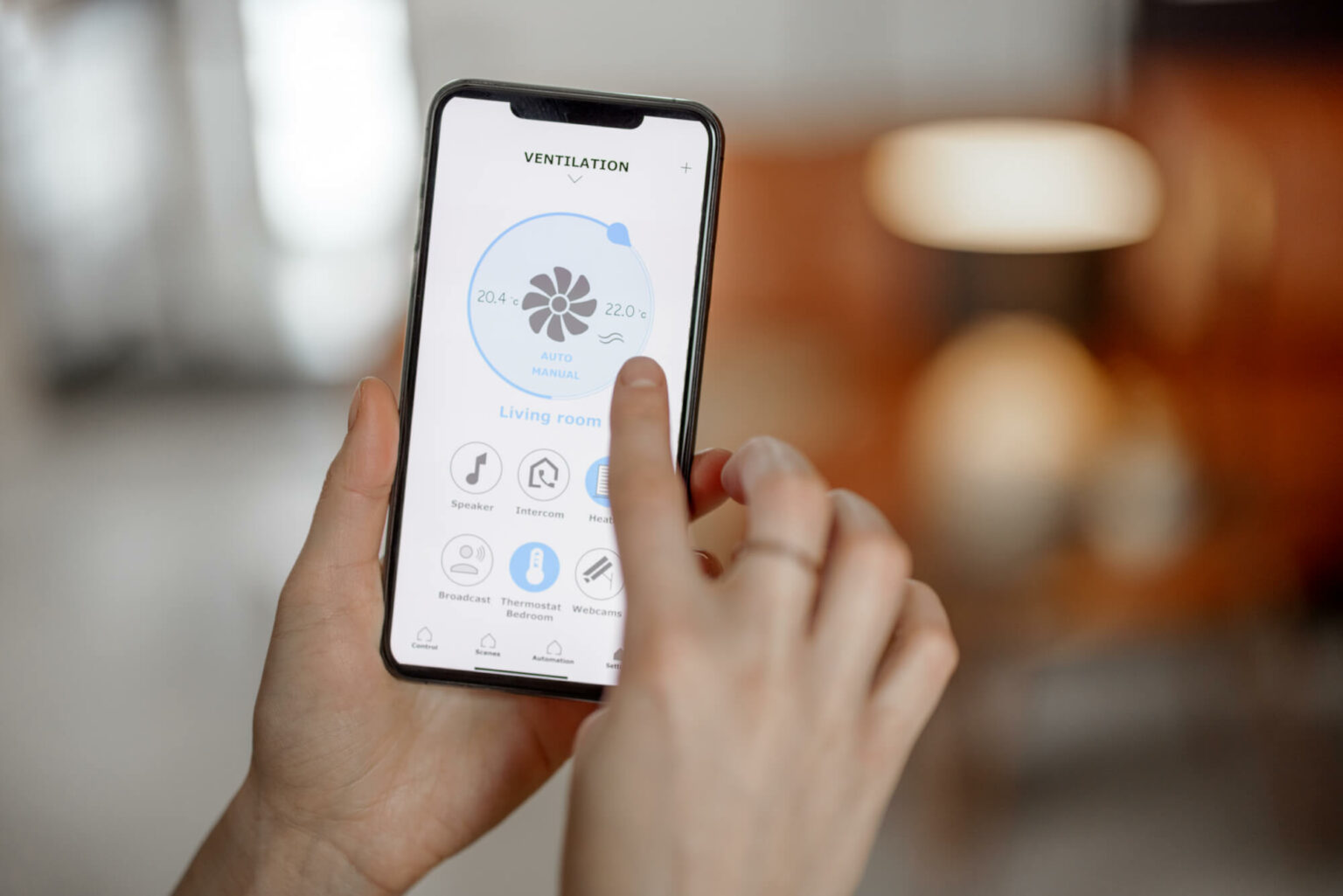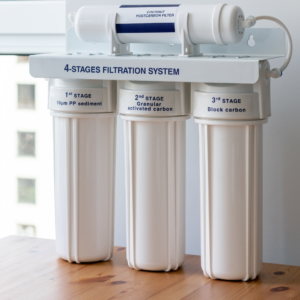Balancing comfort and cost is a perpetual challenge for homeowners, especially when it comes to heating and cooling. The key to achieving both objectives lies in understanding the optimal HVAC temperatures that not only keep you comfortable but also help you save significantly on your power bills. In this blog, we’ll explore the sweet spot for maintaining optimal temperatures while maximizing energy efficiency.
1. **Heating in Winter:**
– *Optimal Temperature:* Set your thermostat to around 68°F (20°C) when you’re at home during the winter months. Lowering the temperature while you’re asleep or away can lead to substantial energy savings.
– *Energy Savings Tip:* Invest in warm bedding and clothing to stay cozy at lower indoor temperatures, allowing you to reduce heating costs.
2. **Cooling in Summer:**
– *Optimal Temperature:* Aim for a thermostat setting around 78°F (25.5°C) when you’re at home during the summer. Adjusting your thermostat higher when you’re away can result in significant energy savings.
– *Energy Savings Tip:* Use fans strategically to enhance cooling efficiency. Ceiling fans, in particular, can help distribute cool air more effectively, allowing you to maintain comfort at a higher thermostat setting.
3. **Programmable Thermostats:**
– *Optimal Temperature Programming:* Take advantage of programmable thermostats to automatically adjust temperatures based on your schedule. Lower the temperature in winter when you’re away or asleep, and raise it during these periods in the summer.
– *Energy Savings Tip:* Program your thermostat to start cooling or heating your home shortly before you return, ensuring comfort upon arrival without unnecessary energy consumption.
4. **Seasonal Adjustments:**
– *Optimal Winter Adjustment:* During winter, consider lowering your thermostat by 10-15°F (6-9°C) when you’re away or sleeping.
– *Optimal Summer Adjustment:* In summer, raise the thermostat by a similar margin when you’re not at home or are asleep.
– *Energy Savings Tip:* Seasonal adjustments allow you to strike a balance between comfort and energy efficiency, adapting to the specific heating and cooling demands of each season.
5. **Regular HVAC Maintenance:**
– *Optimal Efficiency:* Schedule regular maintenance for your HVAC system to ensure it operates at peak efficiency. Dirty filters, clogged ducts, and inefficient components can lead to increased energy consumption.
– *Energy Savings Tip:* A well-maintained HVAC system is more energy-efficient, helping you achieve optimal temperatures without overworking the system.
Conclusion:
By understanding and implementing optimal HVAC temperatures, you can enjoy year-round comfort while significantly reducing your power bills. Simple adjustments, like using programmable thermostats and practicing seasonal temperature changes, can make a substantial impact on your energy savings. Combine these strategies with regular HVAC maintenance to ensure that your heating and cooling systems operate efficiently, providing a comfortable living environment without breaking the bank.





